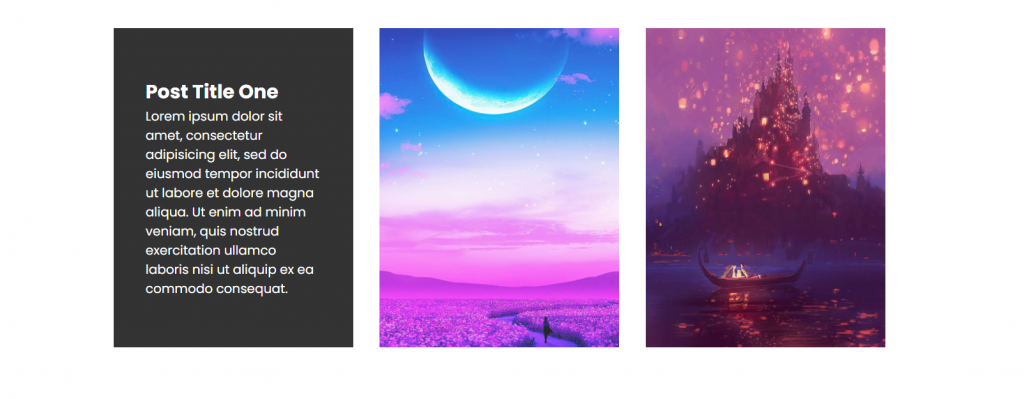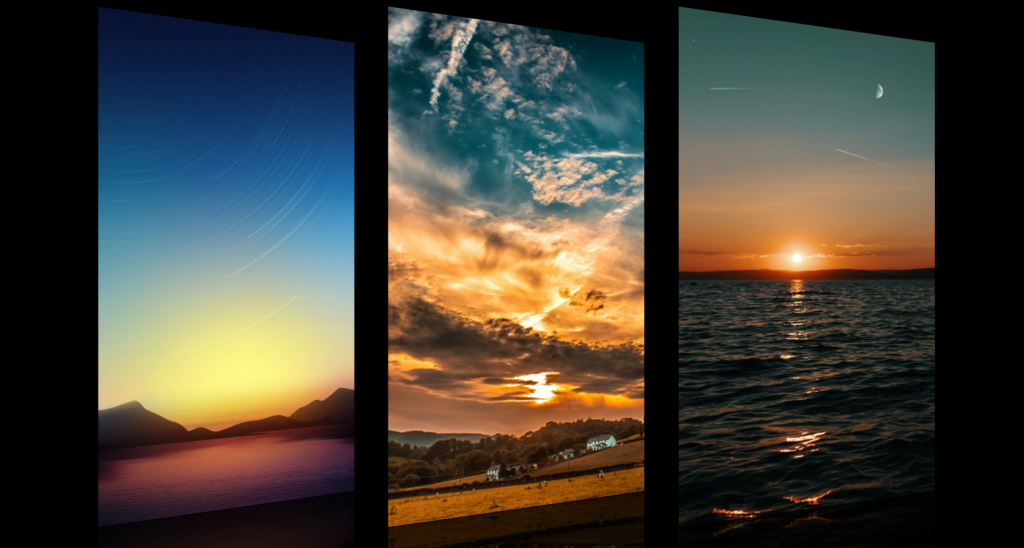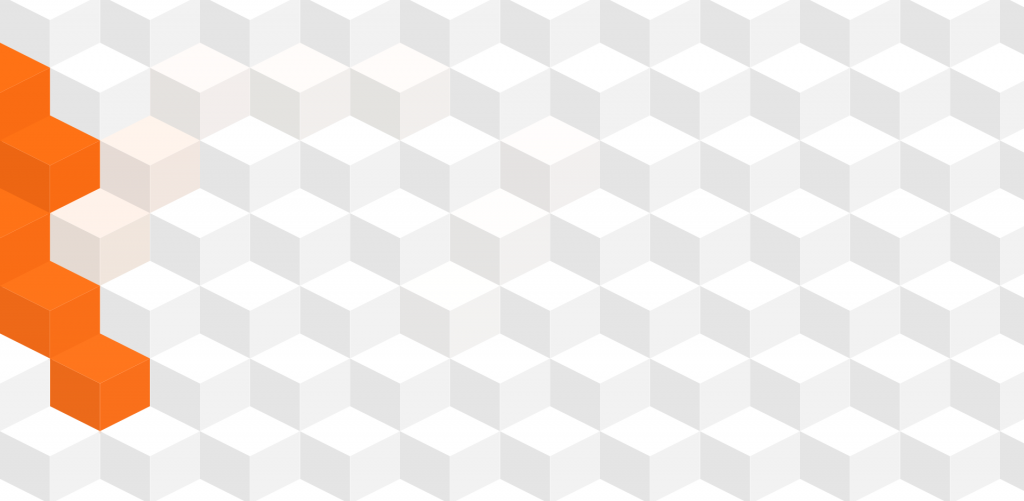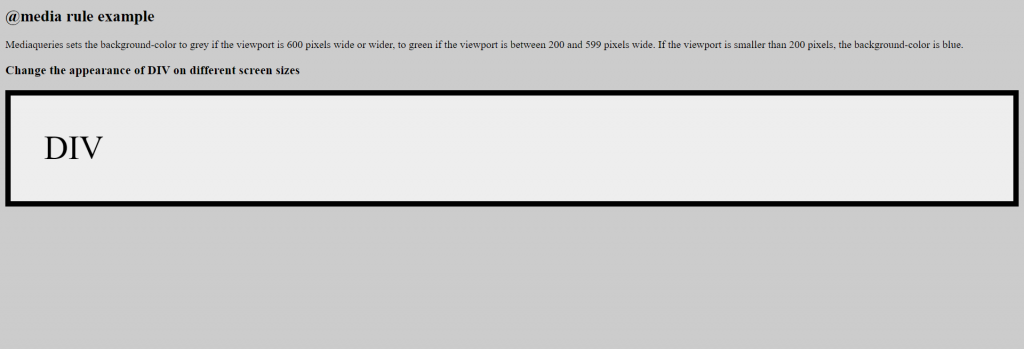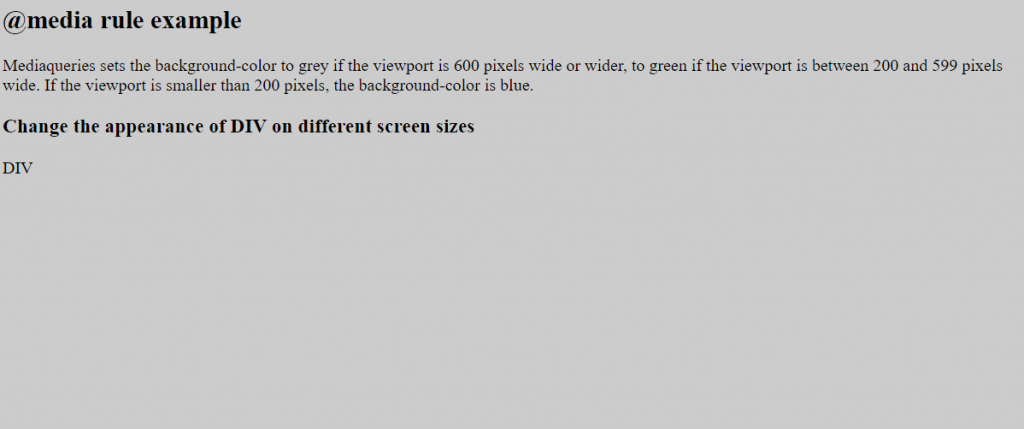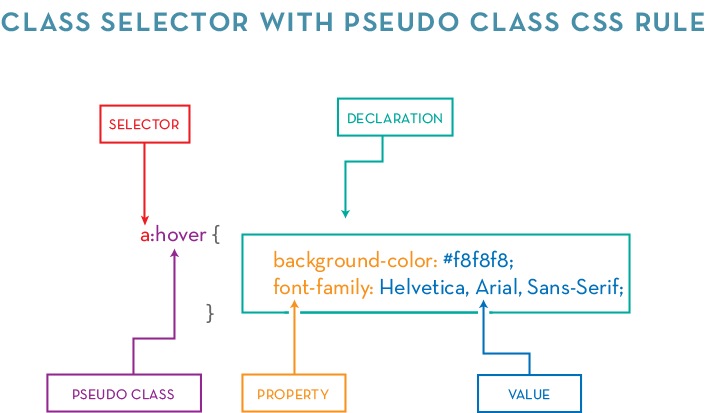In this blog, I am creating Image Hover Effects in a row using HTML & CSS. So, Let’s create an “index.html” & “style.css” below index.html code-
In this index.html container with card & multiple class which is define style.css page-
When you implement from this index.html & style.css page then showing below row-
